When searching for and selecting solutions for domestic hot water, there are many options to choose from. Whether it is an electric or gas powered tank system, to solar heating systems and other options, the choices are numerous. In most cases however, choices are made for practical reasons, being either price, or convenience. One option that is becoming increasingly attractive to many, is the tankless water heater. There are a number of benefits to using these systems, and in this article we provide a comprehensive overview of
the technology, cost benefits, the different types of systems, and the issues to look out for when choosing such devices. We take into consideration the various usage cases that may apply, from urban living to off-grid scenarios, and provide some ideas and considerations for consumers that are interested in tankless water heater systems. Taking things a step further, we highlight some of the most popular models and brands, as well as some criteria to consider when making a selection in order to provide some understanding of these great solutions before making any purchasing decisions. As is often said, “information is power”, and we want to help empower those that are investigating tankless water heater options.
Tankless Water Heater Technology – The Basics
A tankless water heater is often referred to as a “on demand” heater, which provides hot water instantly and as needed, without storing water in a tank and maintaining its temperature over time. This means that in deference to tank based systems, energy is not expended to maintain water temperature over time, which often means less energy usage, and money saved.
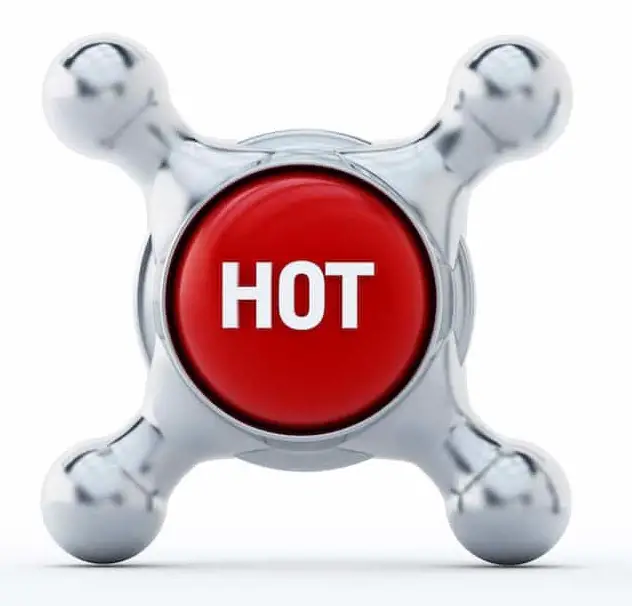 The basic principles of these systems are quite simple in principle. Instead of heating water in a large tank, these systems take cold water from the pipe the moment the water is turned on, where it flows through piping and into the heating unit. Within the unit, heating elements raise the temperature to the preset level you have selected, and it then flows out of the heating system into the ‘hot water’ pipes and to the faucet where it is used. These systems are a source of constant hot water, and there is never a scenario where all the hot water has been used, and you have to wait for the water in the tank to be heated again before using more. That said, there are flow rate limitations with tankless water heaters, as the system must ensure it controls the amount of water flowing through to ensure there is regulated control of the water temperature as it exits the system.
The basic principles of these systems are quite simple in principle. Instead of heating water in a large tank, these systems take cold water from the pipe the moment the water is turned on, where it flows through piping and into the heating unit. Within the unit, heating elements raise the temperature to the preset level you have selected, and it then flows out of the heating system into the ‘hot water’ pipes and to the faucet where it is used. These systems are a source of constant hot water, and there is never a scenario where all the hot water has been used, and you have to wait for the water in the tank to be heated again before using more. That said, there are flow rate limitations with tankless water heaters, as the system must ensure it controls the amount of water flowing through to ensure there is regulated control of the water temperature as it exits the system.
There are different techniques used by the heating system within a tankless water heater. In general, there are two types of systems – electric heating elements, and gas burning heater elements. Both of these achieve the same result and provide hot water, though obviously the source of the fuel to power the heating elements differs. This difference will be one of the most important points that a consumer will consider when sourcing a tankless water heater, as each buyer’s circumstances will be different. In scenarios where easy access to gas is available, then a gas powered system may be attractive, though for others, the electric option may be the more practical solution. In off-grid scenarios, where gas can only be provided through refillable bottles, it may be that electric is the solution of choice, depending on their electrical capacity, solar systems, battery resources and so forth. The exact quantity of gas and/or electricity used per device will vary, and of course, will be different depending on the quantity of hot water used in the home. In order to quantify some of the information about a tankless water heater, the following data has been compiled by the US Department of Energy, which can assist you in understanding the capacity and usage options with these systems.
Flow Rate & Sizing – Tankless Water Heater
As a general guideline, a tankless water heater will provide a a flow rate of between 7.6 to 15.2 Liters/minute (2 to 4 Gallons) – this data is provided as an estimate, and you can review the individual products outlined below to compare their flow rates, and how they are powered.
It is noted that as a general rule, gas powered systems will produce flow rates that are higher, owing to the heating system keeping its temperature more easily under increased flow. All of that being said, in high usage scenarios, where there are many different flows demands (ie, many showers at the same time, or sinks/dishwashers and showers in the
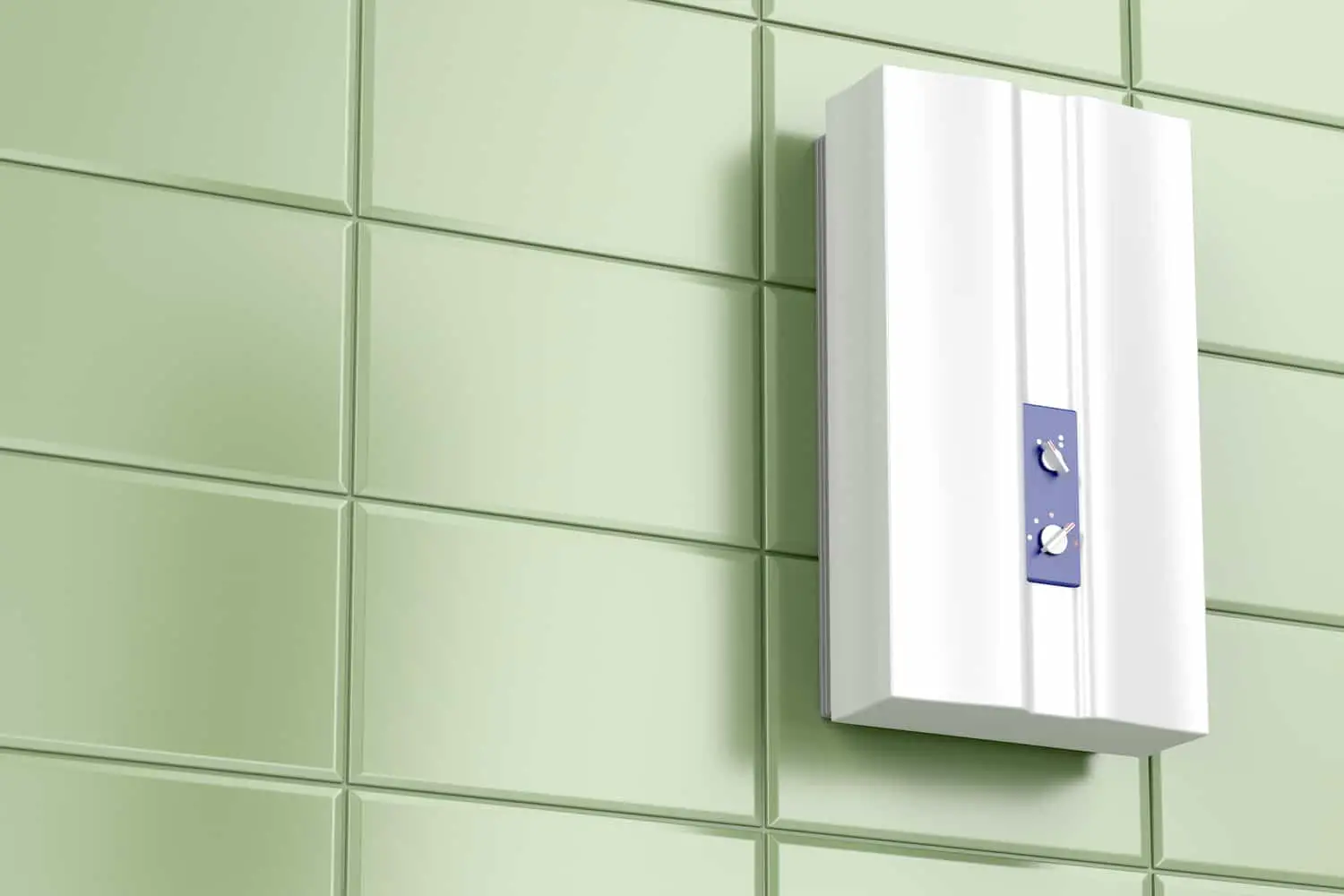
same moment), then the systems will falter, whether it is gas or electric powered. If your budget can manage the addition of a second tankless water heater, then it is not uncommon to have two independent systems used for such demand scenarios, with each using an independent heater. There are differences in hot water usage on a seasonal basis as well, and this should be taken into account when you are selecting a tankless water heater, and in the design of your hot water system in general, to ensure your demands can be met by the system you choose.
Sizing Your System
To be the most accurate in selecting the right system for your home, it is enormously helpful to know how many devices will be placing demand on the resource, whether they will be operating simultaneously, and the flow rate demand from each device (in liters or gallons per minute). The sum of all of these will be the estimated flow rate demand of your tankless water heater. Again, keeping in mind whether these devices will be operating at the same time, or whether they largely operate ‘one-at-a-time’. As an example – in a scenario where you will be washing dishes in the kitchen sink, from a faucet that has a flow
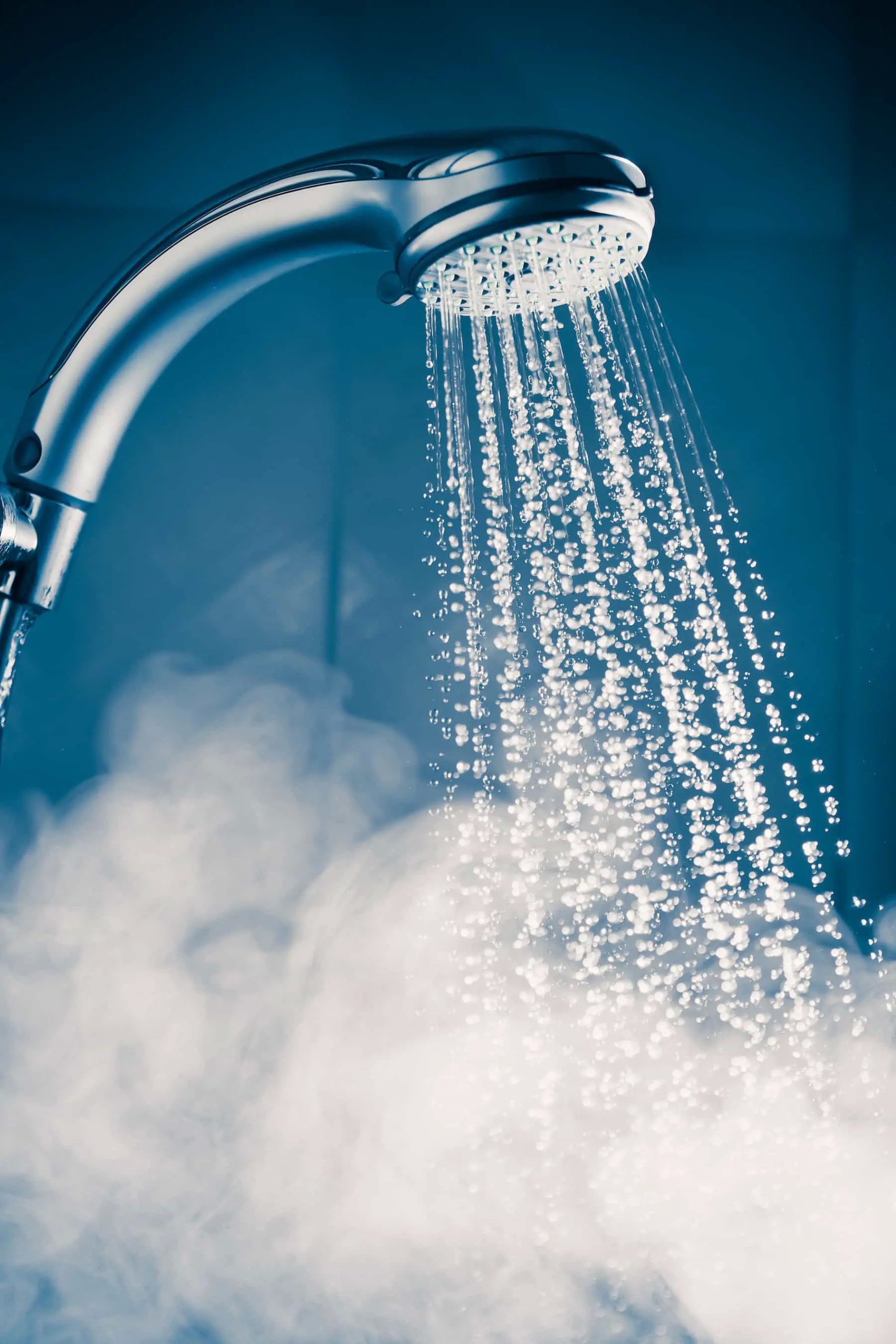
rate of 2.84 liters/min (0.75 gallons/min), while someone else is showering at the same time, and using a shower head that has a flow rate of 9.46 liters/min (2.5 gal/min). In this scenario, you can easily know that your per minute demands for hot water will be 12.3 Liters/min (3.25 Gal/min) of hot water. You can then use this information when you review the specifications of your tankless water heater, to determine whether it will meet your demands, and provide you a sufficient flow rate of hot water for your home. To know more about the average flow-rates for various fixtures, faucets and devices, there are some excellent information and tools provided in the ‘references’ section at the end of the article.
One important point to note in this, is the benefit of choosing faucets, shower heads, fixtures and devices that have low flow-rate requirements. This will benefit you in numerous ways, by ensuring you are making efficient use of your water resources (particularly important when living off-grid), and also providing savings to your water bill.
Energy Efficiency
There is some excellent data provided by the Department of Energy, that outlines some of the efficiency gains provided by a tankless water heater. Specifically, it is stated that there can be an efficiency gain as high as 34% with these systems, for the average home that uses 155 liters of hot water per day (41 gallons). Even in scenarios where there is higher usage, there are substantial benefits to using these systems. If you also ensure that the tankless water heater you select is ‘Energy Star’ compliant, there will be additional benefits realized over time.
A great tool to more accurately estimate your residential hot water usage is provided by Residential Energy Dynamics, and can assist you in fine tuning the exact amounts of hot water you use, and give you a bette perspective on your demands and requirements.
Cost
There can be no debate that a tankless water heater is more expensive ‘up front’, than a traditional hot water tank. Having said that, a tankless water heater has a longer life than traditional systems – you don’t have to replace these systems as often as traditional hot water tanks. Additionally, given the design and nature of a tankless system, it can be maintained and repaired over time, rather than completely replaced, which also means that the longevity of a tankless water heater far exceeds that of traditional systems, and provides repair options, where traditional tanks often can not be repaired easily.
Heat Loss & Standby Heating
It is obvious that keeping water heated over time is a waste of resources. The cost of keeping water heated in a tank over a period of time is something that can be mitigated when using a tankless water heater. There is no need to have constant power/gas to a tank in order to maintain water temperature – and this is a benefit that many find attractive. Using tankless systems means that you do not carry any stand-by costs for your hot water.
Popular Models of Tankless Water Heater
There are many companies that offer tankless water heaters today. The type of water heater you will choose obviously depends largely on the type of fuel and/or power that you will use with it. For many, the electric option is the most attractive, as electric tankless water heaters can be powered using solar, or other renewable resources. For others, the option of using a gas powered system will be the preferred option. The gas option has many benefits, however in off-grid scenarios, this does mitigate the ability to entirely be grid independent, as regular trips to refill gas cylinders will be required in order to continue using the device. This also can be offset using ‘bio-gas’, though the system chosen needs to support this option.
Electric Models
The electric models a tankless water heater are a great option for those without access to gas, or for other reasons prefer not use it. They generally offer a slightly lower flow rate, but in most cases this concern is not particularly valid as long as your simultaneous usage of devices/fixtures is not too high. Some great options to consider are outlined below.
EcoSmart 27
One of the most popular series of electric tankless water heater models available today is from EcoSmart. They provide a range of systems that can be chosen depending on your requirements. The model highlighted below, is capable of an estimated 11.35 Liters/min (3 Gallon/min) flow rate, which is quite reasonable. The full specifications are available in the link provided below.
Stiebel Eltron Tempra Plus
Another great option for an electric tankless water heater is the Tempura Plus from Stiebel. It comes highly rated, and provides excellent solutions for those interested in tankless electric systems. This unit requires a minimum input flow rate is 1.4 Liters/min (0.37 Gallons/min), and outputs at an estimated at 15 to 18.9 Liters/min (4 to 5 Gallons/min).
Gas Models
In deference to electric systems, gas powered tankless water heaters are a great option for those who have access to the necessary fuel to power them. Either natural gas, propane, bio gas, or whichever the device is rated for, these are a great option, and in many cases offer higher flow rates than their electric counterparts.
Takagi T-KJr2-IN-NG
This model of gas powered tankless water heater from Takagi is highly rated, and as one of the first manufacturers to offer products to market (over 70 years in the market), have a great deal of experience in manufacturing quality products. This model offers an estimated maximum 25 Liters/m flow rate (6.6 Gallons/min) and is Energy Star compliant.
Rheem RTGH-95DVLN
This offering from Rheem has the highest estimated flow rate of any of the devices listed here, but it is also the highest priced. With a whopping 35 Liters/min (9.5 Gallons/min) flow rate, it is sure to meet the demands of most households. Powered by natural gas, it offers a robust solution to those with access to the resources, and those who need a high flow rate system for their homes.
Summary – Tankless Water Heater
As we have outlined in detail, the selection of a tankless water heater requires that the consumer considers the following key points:
- Price/Cost
- Size of the System (demand and flow rate requirements)
- Energy efficiency (energy star compliant, and/or efficiency overall)
- Power type and availability (a gas or electric system – depending on resources available)
Whichever option you choose, the tankless water heater option is one that is definitely worth considering. Whether your goal is a source of endless hot water, or to save on your energy use and the bills associated with it, then tankless solutions are a great option to consider. For those in off-grid scenarios, these offer some great flexibility, and depending on the size and rating of your solar/power systems, can offer substantial efficiencies in the way your batteries and storage systems are used, without the need for a constant standby temperature using traditional water tanks.
We hope you’ve enjoyed reading about these great solutions, and let us know your thoughts in the comments below, and check out our other great articles and ideas on Water Systems. Be sure to Join Us to get future updates on these great homes, and other great inspirations, ideas and products from TAG Level.
For a complete list of available tankless water heater – below is an overview of options for you to check out:
Some Great Additional Resources:









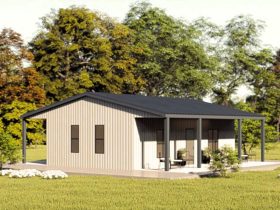

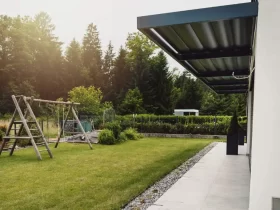
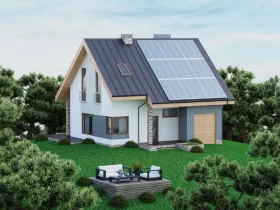
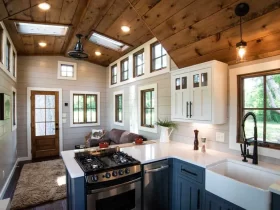





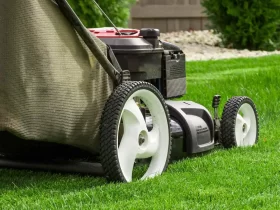

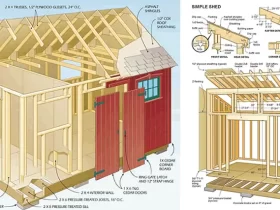

















Leave a Reply